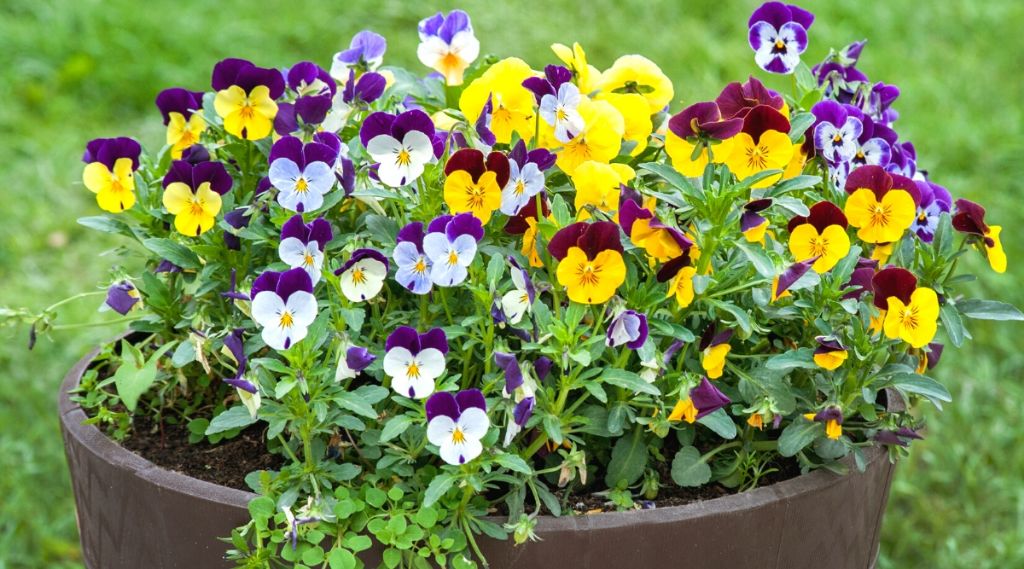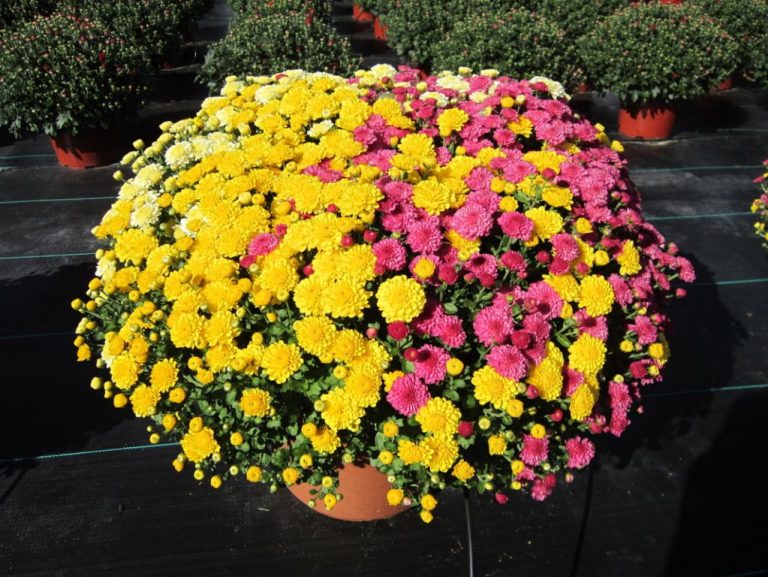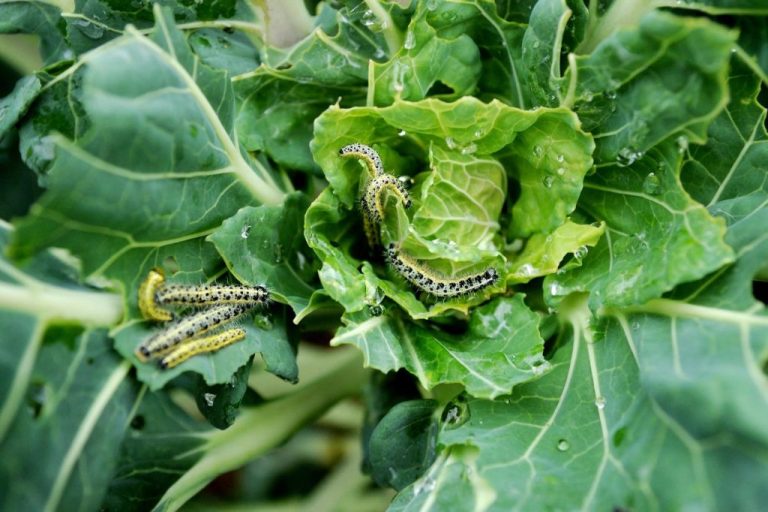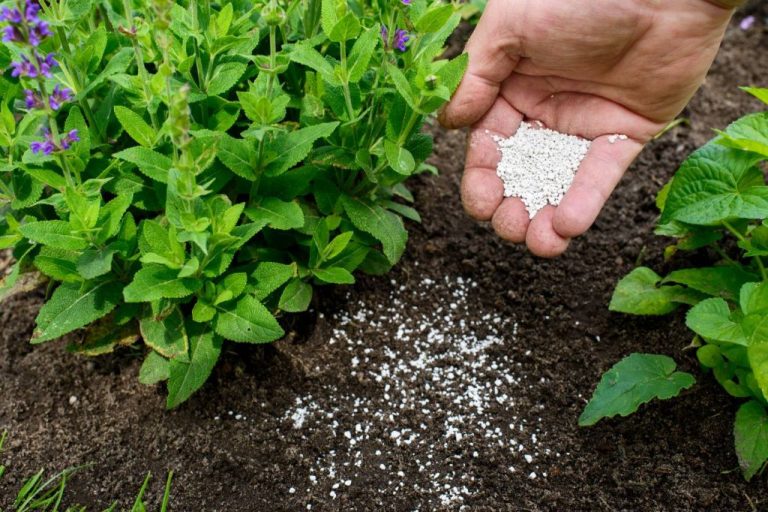Winter Flowering Plants: Adding Color To Your Garden In The Cold Months
The Beauty and Benefits of Winter Blooms
While many gardens go dormant in winter, adding winter-blooming plants can provide much-needed color and interest during the cold months. Unlike plants that rest through winter, winter bloomers continue their growing season when other plants have died back. Their flowers add cheer to an otherwise bleak landscape and provide needed habitat and forage for pollinators and birds when resources are scarce. With careful selection and planting, you can have a garden that flourishes with flowers even during frosty weather and short days.
Some of the most popular winter-blooming plants include flowering shrubs like camellias, winter hazel, and witch hazel, as well as early bulbs like snowdrops, winter aconite, and crocus. Even when covered in snow or ice, their blossoms shine like jewels. Beyond their ornamental value, winter blooms supply pollen and nectar for early foraging honeybees, bumblebees, and hungry birds when insect populations are low. These hardy plants bloom despite freezing temperatures and bloom best in zones with distinct seasonal changes.
By choosing a diverse palette of winter bloomers, you can create a stunning display with continuous flowers from late fall until early spring. With a bit of planning and preparation, your garden can remain vibrant and alive through the winter months.
Top Winter Bloomers
Some of the most popular winter-blooming plants include:
- Pansies – These colorful flowers can tolerate cold temps down to 20°F (-7°C). They bloom continuously when temps are above freezing and come in a wide variety of colors and patterns. Pansies add a pop of color to containers and garden beds all winter long. https://www.alamy.com/stock-photo/popular-winter-vegetables.html?page=10
- Violas – Smaller cousins of pansies, violas also bloom prolifically during winter. They are hardy to USDA zones 7-11 and add cheerful color in shades of purple, yellow, blue and white. Plant them in groups for maximum impact.
- Snapdragons – These vertical flowers can handle freezes and light frosts when mulched. They come in dwarf varieties good for containers or taller types for cutting gardens. Snapdragons bloom in winter in bright colors like red, pink, yellow and white.
- Cyclamen – Both hardy and florist cyclamen varieties flower during winter with their unique upward facing blooms. Florist types only survive light frosts but hardy cyclamen are cold tolerant to around 0°F (-18°C). They work well in containers or borders.
- Kale – Ornamental kale is a cold hardy plant grown for its colorful, ruffled leaves in shades of red, white, pink and purple. It lasts through winter and into spring in most climates.
- Hellebores – Also called Lenten Rose, hellebores are hardy perennials that bloom very early in spring with nodding flowers in white, pink, purple and green.
Choosing a variety of winter bloomers with different colors, heights and textures will give you a lively winter garden.
Cold Hardiness
Some plants have the ability to withstand freezing winter temperatures and continue blooming thanks to their biology and adaptations. Evergreen plants like camellias, daphnes, and certain hellebores maintain their leaves year-round so they can continue photosynthesizing. Their cell structures contain antifreeze-like compounds to prevent ice crystal formation and damage (source). Deciduous plants like pansies and violas can bloom in winter because they are frost-tolerant; they evolved to withstand colder climates after the growing season ends and go dormant when needed (source).
Additionally, some bulbs and tubers like crocuses, snowdrops, and winter aconites store energy underground and can bloom very early in the year before most other plants emerge. Their low-growing, compact forms are more protected from cold winds and freezing. By contrast, larger flowering shrubs or trees require more insulation from damaging freezes.
Planting Considerations
When planning a winter garden, it’s important to prepare the soil and time your plantings properly for the best chance of winter blossoms. Many winter flowers do best when planted in late summer or fall, before the first frost. This gives their roots time to establish before the cold sets in. For summer bloomers being kept over for winter, cut back the spent flowers in early autumn to encourage reblooming.
Prepare soil for winter plantings by mixing in ample organic material like compost or manure to improve drainage and nutrients. Remove any weeds and woody debris. You may wish to add a 2-4 inch layer of mulch on top of the soil after planting to insulate roots and prevent frost heave (Stark Bros). Grouping winter blooming plants together can also provide shared warmth and protection.
When purchasing plants, look for ones rated for your USDA hardiness zone to ensure they can tolerate winter temps in your area. Site them in areas protected from harsh winds. South facing spots near walls or foundations often provide brighter winter light and warmer microclimates. With proper planning and care, your garden can remain colorful and cheery even during the colder months.
Ongoing Care
Winter blooming plants require special care and attention during the cold months to ensure they thrive. Proper watering is crucial, as the frozen ground makes it harder for plants to absorb moisture. Water deeply once per week if rain is scarce. Take care not to overwater, as wet soil during freezing weather can damage roots. Light fertilizing with a balanced and slow-release formula keeps plants nourished. Prune spent blooms to encourage new buds. Remove any dead or damaged foliage to improve appearance and air circulation. Check for signs of disease or pest infestation and treat if needed. A layer of mulch around the base of plants acts as insulation to protect roots from extreme cold. Careful maintenance allows winter bloomers to put on their best floral display.
Combining Plants
When combining winter blooming plants, it’s important to consider complementary pairings, height variations, and color schemes for visual interest. Some recommended combinations include:
Ilex verticillata (winterberry) paired with dwarf conifers like Chamaecyparis (false cypress) offers a nice contrast of red berries and evergreen foliage (Source).]
Low growing sedum or heather can be planted in front of taller shrubs like viburnum, weigela, or beautyberry for layered height variations (Source).
Cool colored plants like kale, pansies, violas paired with warm colored plants like chrysanthemums, coral bark maples create an exciting contrast (Source).
Repeating plant groupings in three’s or five’s creates a visually pleasing, cohesive look. Odd numbers prevent a divided look down the center.
Placing permanent structure plants (shrubs, trees, grasses) towards the back or center with seasonal bloomers (annuals, bulbs) in front allows the bloomers to shine while the structure plants unify the arrangement.

Overwintering Tender Plants
Many gardeners want to hold onto their tender plants like geraniums, begonias, and citrus trees through the winter. While these plants cannot withstand freezing temperatures, there are some techniques you can use to help them survive the cold months.
One option is to overwinter the plants indoors. Select a cool, dark room in your home such as a basement or garage. Reduce watering but don’t allow the plants to completely dry out. You may need to trim growth to reduce the plant’s needs. Monitor for pests like whiteflies or aphids which can spread rapidly in winter confinement.
For plants in containers, you can move them into an unheated greenhouse or cold frame if you have one. Surround the pots with mulch, leaves, or pine needles for insulation. Push the containers together to conserve warmth. Cover them with frost blankets or tarps as needed when extremely cold temps are forecasted. Remove coverings during sunny winter days to allow light and air circulation.
Another technique is to sink the pots in the ground and mulch heavily around and over the top. Dig a trench or large hole, place the pots inside, and mounds leaves, straw, woodchips on top of the soil, leaving just the top few inches of stems exposed. The earth provides natural insulation to protect the roots and crown.
With careful selection of storage location and proper winter protection, you can successfully overwinter many tender plants. They will reward you with vigorous growth when carried through the dormant season.
Cut Flowers
Winter need not be devoid of colorful blooms to brighten up floral arrangements. Certain plants can provide beautiful flowers for cutting even in cold months. According to The Gardener’s Monthly and Horticultural Advertiser, geraniums can bloom through dry winters. Other top picks include:
- Ornamental kale – Ruffled, colorful leaves last into winter.
- Pansies – Cheerful blossoms in white, yellow, purple, and other hues.
- Cyclamen – Delicate flowers on long stems above attractive foliage.
- Hellebores – Long-lasting blooms in shades like pink, purple, white, and green.
- Violas – Prolific flowers ideal for delicate arrangements.
- Primroses – Cheery blossoms in colors like yellow, pink, red, or white.
Focus on plants suited to colder conditions when selecting flowers to cut for winter vases and centerpieces. Protect arrangements from frost when displaying them outdoors.
Landscaping Uses
Adding winter blooming plants to your landscape is a great way to bring color and interest when most other plants are dormant and leafless. You can use winter bloomers in a variety of creative ways to transform your outdoor spaces during the coldest months.
Borders and beds filled with late-season blooms are an effective way to liven up your yard. Plant flowering shrubs like winter jasmine, viburnum, witch hazel, and daphne along borders or around trees. Underplant them with early bulbs like crocus, snowdrops, and winter aconite for waves of blooms. Focal points like Japanese camellias or paperwhite narcissus make striking accents.1
Groupings of pots and containers near entries or patios are ideal for spotlighting winter color. Plant bulbs, ornamental kale and pansies, primroses, and violas for portable pops of color. Evergreen heaths and heathers also make great container plants.
Window boxes and planter beds full of cool weather blooms are eye-catching when viewed from indoors. Violas, snapdragons, flowering kale and pansies can withstand freezing temperatures while providing interest outside your windows.
Creative uses of winter blooming plants throughout your landscape will keep it looking lively despite cold temperatures and shorter days. The key is selecting plants that can withstand your climate and complement each other in form, color and bloom time.
Conclusion
In summary, planting winter flowering plants can add a vibrant pop of color to the garden during the colder months. Some of the top winter bloomers like winter jasmine, hellebore, crocus, and pansies can bring life to dreary winter landscapes. Focusing on cold hardy plants and taking care of them properly, like insulating their roots and watering during dry spells, will ensure they thrive through the season.
The benefits of winter bloomers are plentiful. They can provide aesthetically pleasing flowers and foliage when most other plants are dormant. Birds, bees, and other pollinators rely on them for food when other sources are scarce. For the gardener, they provide motivation to be outside tending the garden even in the coldest months.
When designing with winter plants, combine early, mid, and late blooming varieties for the longest show. Mark their locations so you don’t accidentally dig them up later. And consider overwintering tender plants to get a head start on spring. With the right selection and care of these hardy plants, your garden can maintain its colorful charm all winter long.





